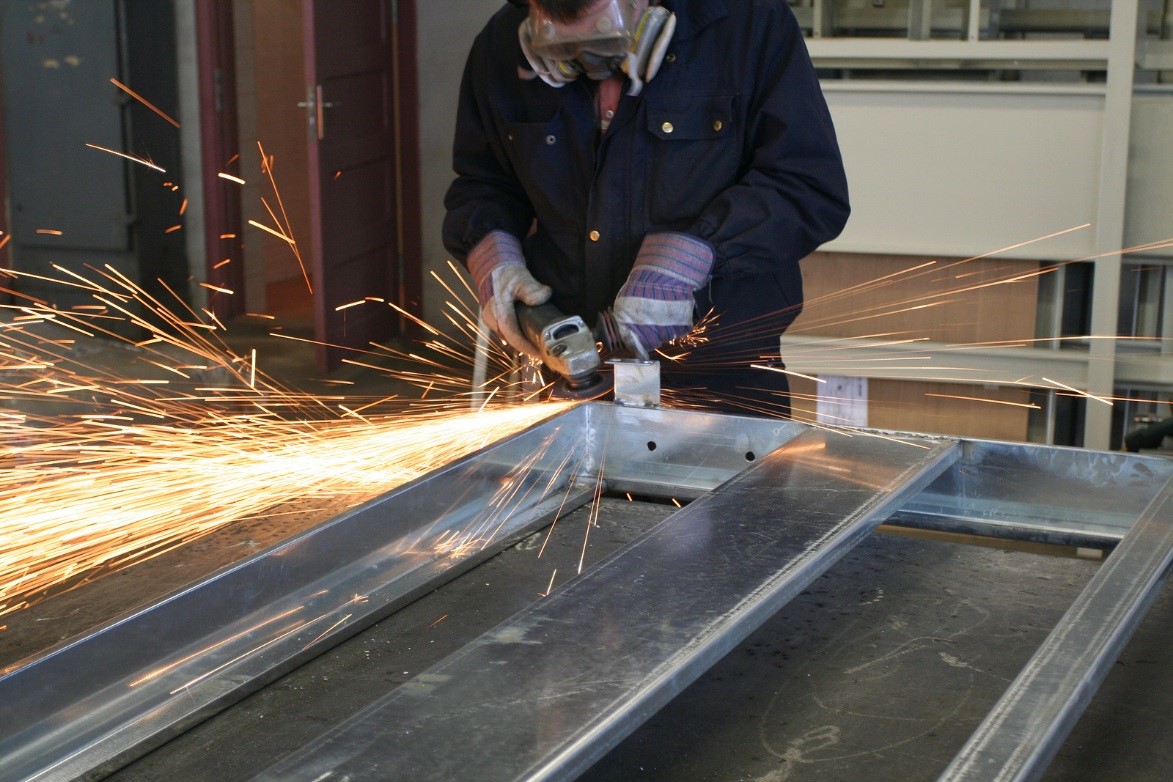There comes a point where many jewelry designers choose to source their own materials, rather than buy pre-made items for their pieces. This gives greater creative freedom when designing pieces for clients and collections, and can often bring costs down due to the affordability of some metals.
Ways to Use Metals in Jewelry Design
It goes without saying that many metals are expensive to work with, such as gold and silver, but other metals such as copper, bronze and brass can be made into beautiful fashion jewelry at a much lower price. Designers can create more complex and interesting pieces, and they can use different forms of metal to experiment with new ideas.
For example, jewelry designers could turn square metal tubing into quirky beads and pendants, should they select the right dimensions of material from a supplier. It’s also easy to cut out discs and shapes from sheets of metal using tools, or a pair of scissors if the material is thin enough.
As metals such as copper and brass are hard wearing and water resistant, jewelry pieces will last a long time if they’re made from these metals. These lower cost materials are also antimicrobial, which is a good thing if you plan for your pieces to be worn by several different people. Bacteria will not survive on metals made of or containing copper, so there’s less chance of spreading germs.
Common Terms in Jewelry Metalsmithing
If you’re new to creating jewelry, or to using metal that has been sourced through sheet metal suppliers, there may be some terms used in jewelry metalsmithing you need to be familiar with.
Adamantine
An adamantine finish is one that is lustrous. This terms refers to the light reflecting properties of a metal. In jewelry making, the more lustrous a material is, the more desirable it tends to be.
Ferrous and Non-Ferrous Metals
A ferrous material is one that contains iron. In jewelry design, it’s best to use non-ferrous metals, such as copper, brass and bronze, as they will not rust when exposed to water or sweat from the skin through regular wear.
Firestain
This is a desirable type of finish to copper which is achieved by exposing it to high temperatures. Oxygen mixes with the copper to form cupric oxide, which causes a purple or red tinge to the metal.
With this guide to making jewelry from sheet metal, any jewelry designer can begin creating his or her own metal jewelry masterpiece from scratch.
Sources:
Metals in Jewelry Making, Zales.com
How to Make Metal Jewelry: Introduction to Metalsmithing, InterWeave.com


